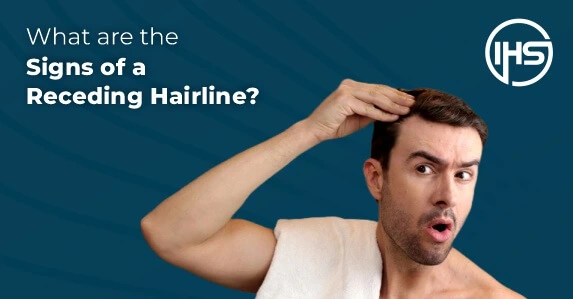



Contact our specialists now for Hair Replacement!

IHS Hair Replacement is a hair replacement brand based in 2 prime locations, West Kensington in West London and Liverpool Street in Central London. We provide a full head of hair achieved through our hair integration procedure giving you confidence and life.